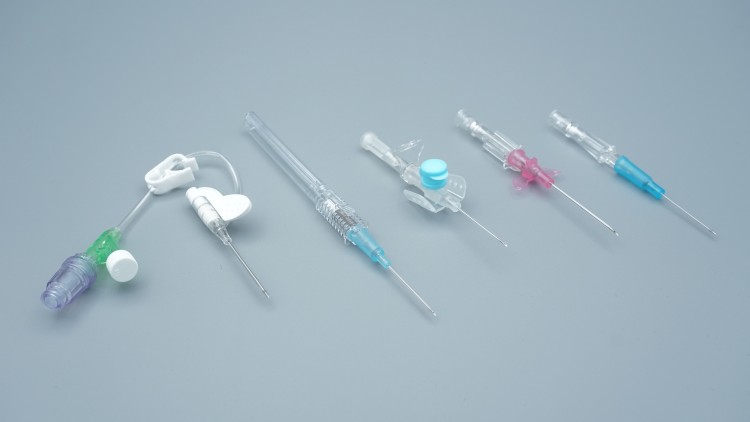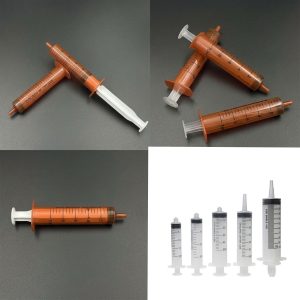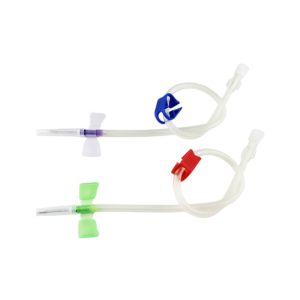Intravenous (IV) catheter types are critical medical devices that give healthcare providers direct access to a patient’s vascular system. Understanding the different IV catheter types available is essential for optimal patient care, as these devices are used to deliver medications, fluids, and blood products, as well as to draw blood samples. From peripheral IV catheters to central venous catheters, knowing which IV catheter types to use and when can make all the difference in patient care and safety. This comprehensive guide breaks down the various IV catheter types, what makes each one unique, and when you’d use them in clinical practice.
The Basics of IV Catheters
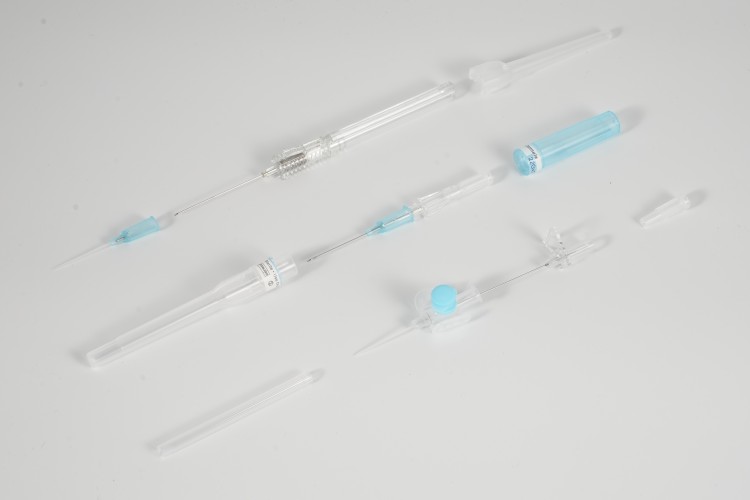
IV catheters are thin, flexible tubes that get inserted into blood vessels to create a pathway for medical treatments. They’re made up of a few key parts: the catheter tube itself (usually made from biocompatible materials like polyurethane or silicone), a hub that connects to IV tubing, and various safety features depending on the specific type. The main goal is pretty straightforward – maintain a clear route for delivering treatments while keeping patients as comfortable as possible and avoiding complications.
Peripheral IV Catheters (PIVs)

Peripheral IV catheters are your bread-and-butter vascular access devices. They’re the ones you’ll see most often in hospitals and clinics, typically placed in the superficial veins of the arms or hands.
Standard Peripheral IV Catheters
These are your everyday IV catheters, available in sizes from 14 to 24 gauge. The size you choose depends on what you’re planning to do with it. Need to push fluids fast or transfuse blood? Go with a larger gauge like 14 or 16. For routine medication administration, an 18 or 20 gauge works well. Working with kids or elderly patients with fragile veins? You’ll want something smaller like a 22 or 24 gauge. Most of these catheters are between 0.75 and 1.25 inches long.
Safety Peripheral IV Catheters
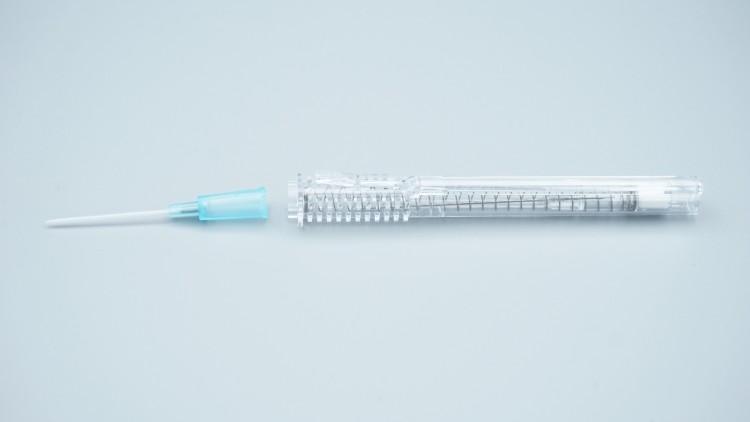
With needlestick injuries being a major concern in healthcare, safety-engineered peripheral IV catheters have become the standard in most facilities. These devices have built-in safety features like retractable needles or protective sheaths that automatically engage when you pull the needle out, dramatically cutting down the risk of accidental sticks.
Midline Catheters

Think of midline catheters as the middle ground between short peripheral IV catheters and central venous catheters. These catheters are 3-8 inches long and go into the upper arm veins (usually the basilic or brachial vein), with the tip sitting in the axillary area – not quite reaching the central circulation. They’re perfect for patients who need IV access for 1-4 weeks and can handle most medications that are safe for peripheral administration.
Central Venous Catheters (CVCs)
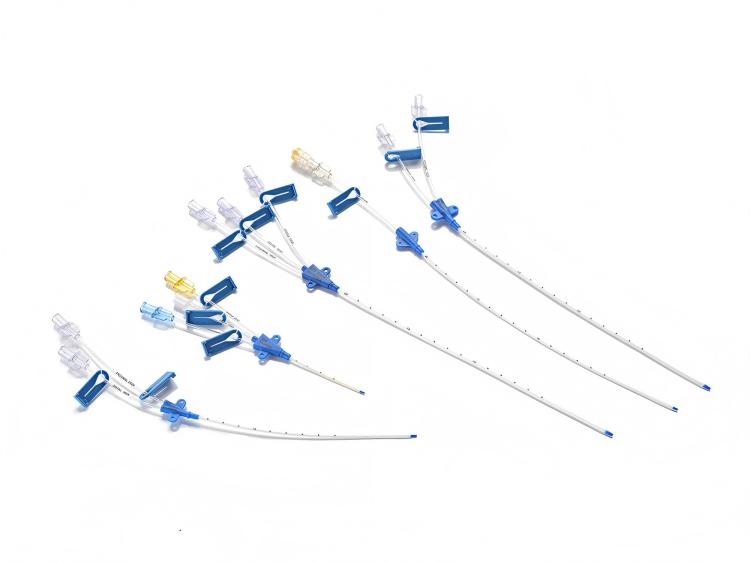
Central venous catheters give you access to the body’s main circulation, with the catheter tip positioned in the superior or inferior vena cava, right near the heart.
Temporary Central Venous Catheters
Also called non-tunneled central venous catheters, these go directly through the skin into major central veins like the internal jugular, subclavian, or femoral veins. They’re meant for short-term use – typically 7-14 days – and you’ll see them a lot in ICUs, emergency departments, and operating rooms. They come in single, double, or triple-lumen versions so you can run multiple treatments at the same time.
Tunneled Central Venous Catheters
These central venous catheters have a neat feature – they’re tunneled under the skin between where they enter the vein and where they exit the body. They also have a small cuff (usually made of Dacron) that encourages tissue growth around it, which helps keep the catheter in place and reduces infection risk. Hickman, Broviac, and Groshong catheters are common examples. These are built for the long haul – we’re talking months to years – and are often used for patients with chronic conditions who need ongoing IV access.
Implanted Ports
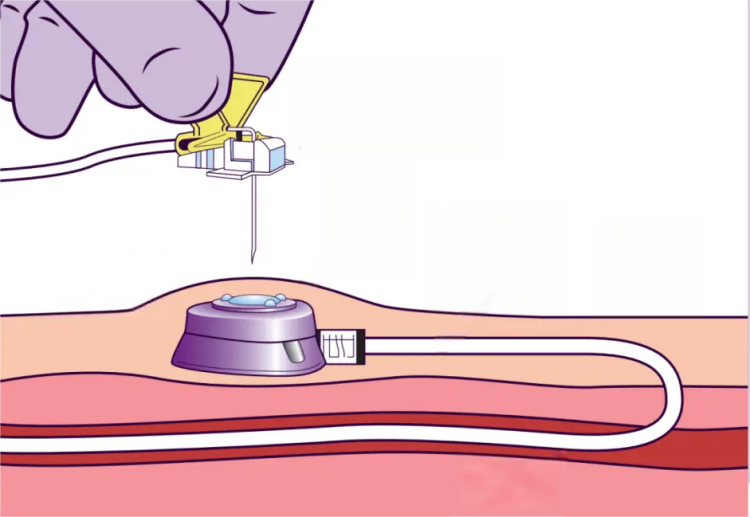
Ports are pretty cool – they consist of a small reservoir connected to a catheter that’s completely buried under the skin. When you need to access it, you use a special needle that goes through the skin into the reservoir. The big advantage here is that when it’s not being used, there’s nothing external that could get infected or interfere with daily activities, which is huge for patients receiving long-term treatment.
Peripherally Inserted Central Catheters (PICC Lines)
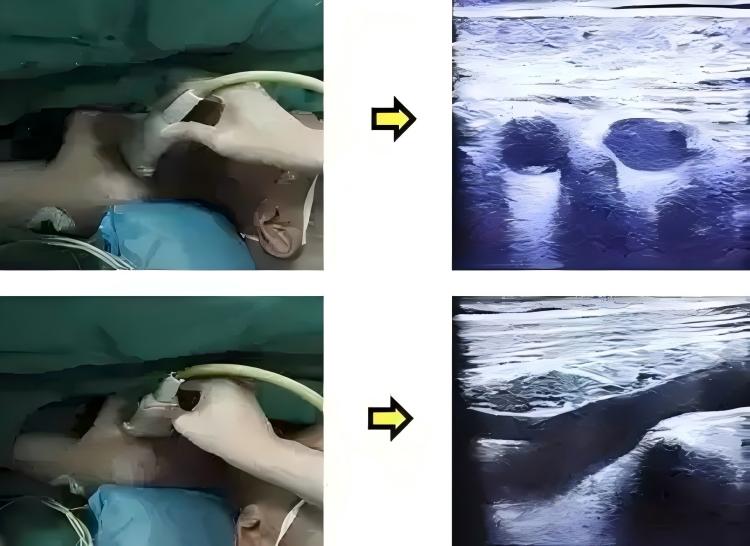
PICC lines give you the best of both worlds – easy peripheral insertion with central venous access. These long, flexible vascular access devices go in through a peripheral arm vein and are threaded all the way up until the tip reaches the central circulation.
Standard PICC Lines
Traditional PICC line insertion involves using either a cutdown technique or the modified Seldinger method, and you’ll need either fluoroscopy or EKG guidance to make sure the tip ends up in the right spot. They come in different sizes and can have one, two, or three lumens depending on what you need them for – chemotherapy, total parenteral nutrition, frequent blood draws, you name it.
Power-Injectable PICC Lines
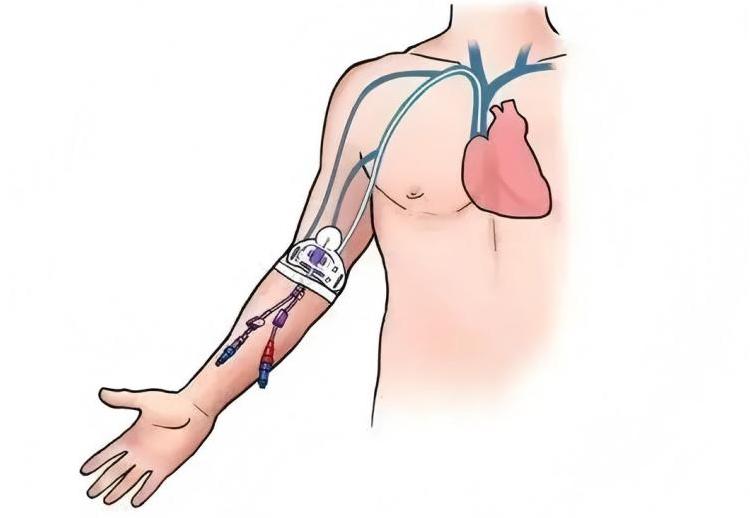
These are specially built PICC lines that can handle the high pressures needed for contrast-enhanced CT scans and other imaging studies. They’re reinforced and tested specifically for power injection, making them essential for patients who need both long-term IV access and regular imaging.
Specialty IV Catheter Types
Dialysis Catheters
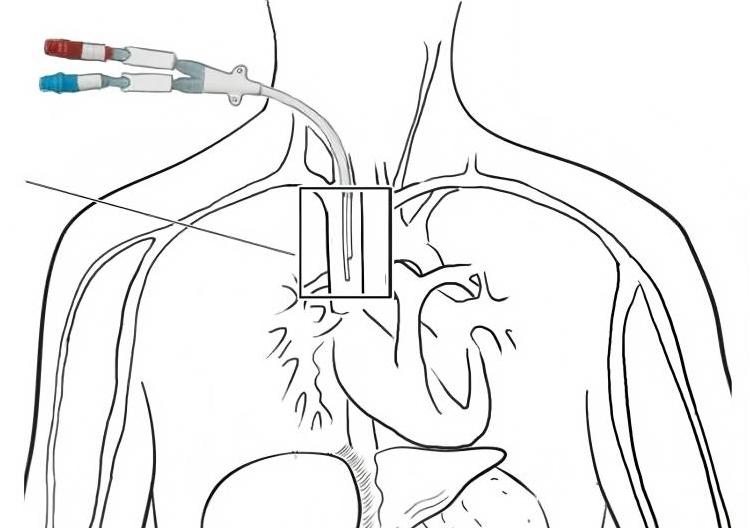
These are large-bore, dual-lumen vascular access devices designed specifically for hemodialysis. They need high flow rates to work effectively and are usually placed in the internal jugular or subclavian veins. Like other central venous catheters, they come in both temporary (non-tunneled) and permanent (tunneled with cuffs) versions.
Pediatric IV Catheters
Kids aren’t just small adults – they need specially designed IV catheters that work with their unique anatomy and physiology. This includes smaller gauge peripheral IV catheters, pediatric-specific central venous catheters with appropriate lengths and flow rates, and safety features designed with smaller patients in mind.
Arterial Lines
While technically not IV catheters, arterial catheters are worth mentioning since they provide access to the arterial system for continuous blood pressure monitoring and frequent arterial blood gas sampling. You’ll commonly see these in the radial, femoral, or dorsalis pedis arteries.
What They’re Made Of
Today’s IV catheters are made from various biocompatible materials, each with its own benefits. Polyurethane is flexible and durable, making it great for longer-term catheters. Silicone has excellent biocompatibility and is less likely to cause clots, so it’s preferred for long-term central access. Fluoropolymers resist chemicals well and have smooth surfaces that make insertion easier.
How to Choose the Right IV Catheter Types
Picking the right IV catheter types involves considering several factors: how long you’ll need it, what medications you’ll be giving, the patient’s anatomy, where you can insert it, and infection risk. The general rule is to use the least invasive device that will still meet your clinical needs.
For short-term therapy (less than a week), stick with peripheral IV catheters when possible. If you need access for 1-4 weeks, consider a midline catheter. For longer-term needs, you’ll probably need central venous catheters. High-flow situations, medications that are hard on veins, or frequent blood sampling might require central access regardless of how long you need it.
What’s Coming Next
The world of vascular access devices keeps evolving with new catheter materials, better insertion techniques, and improved safety features. Antimicrobial-coated IV catheters are showing promise in reducing catheter-related bloodstream infections. Better imaging technology is improving success rates and reducing complications during PICC line insertion. We’re even seeing development of “smart” catheters with built-in sensors that can monitor patency and detect problems before they become serious.
Summary
Understanding the different IV catheter types and when to use them is fundamental to good patient care. Whether you’re using a simple peripheral IV catheter for basic medication administration or a complex central venous catheter for long-term therapy, each type has its place in clinical practice. Healthcare professionals need to stay up-to-date on the available vascular access devices, proper selection criteria, and best practices for insertion and maintenance to get the best outcomes for their patients and minimize complications.
IV catheter technology continues to evolve with a focus on patient safety, fewer complications, and better overall healthcare experiences. By staying informed about new developments and sticking to evidence-based practices, healthcare professionals can ensure they’re providing the highest quality vascular access care possible.
This medical catheter guide is intended for educational purposes for healthcare professionals. Always refer to your facility’s current protocols and manufacturer guidelines for specific product information and clinical applications.

